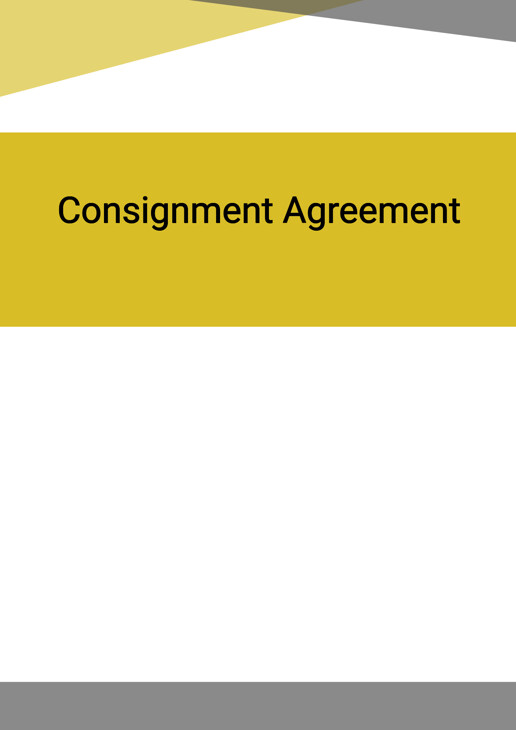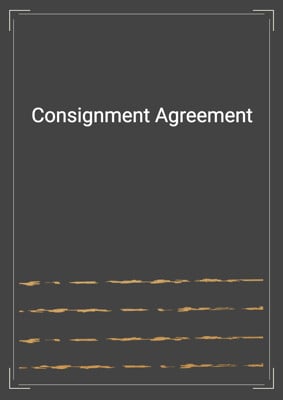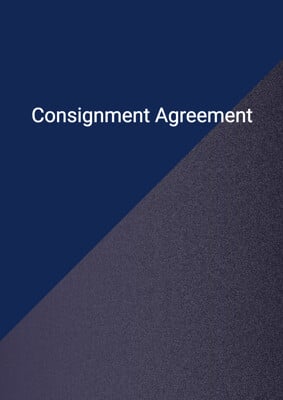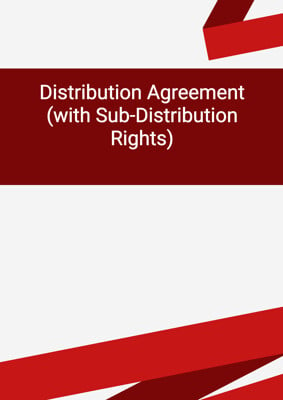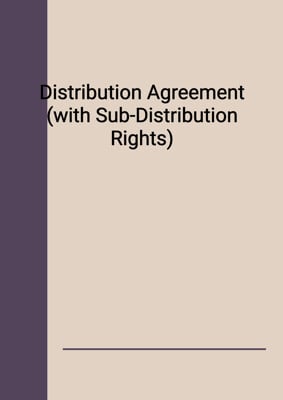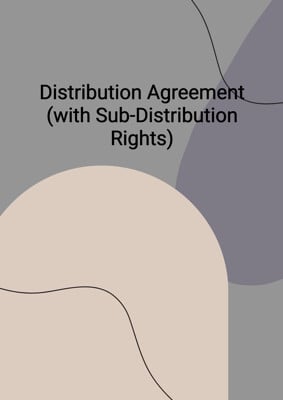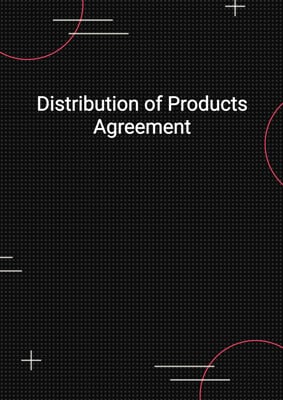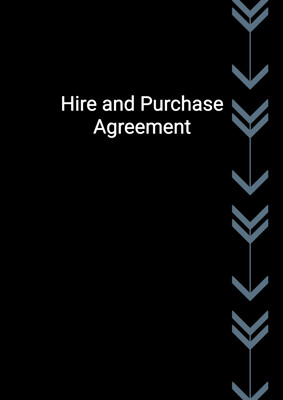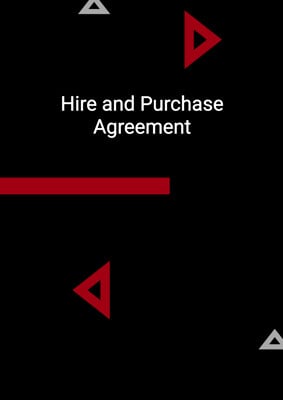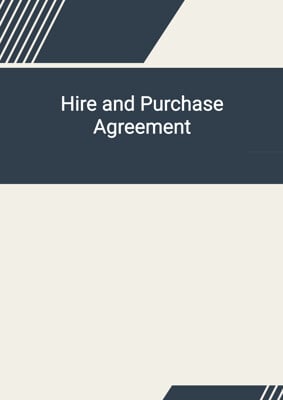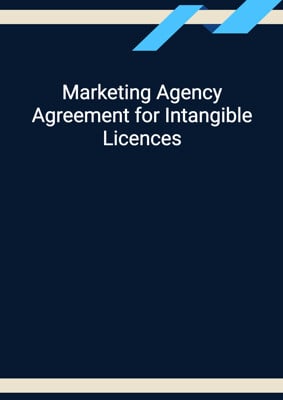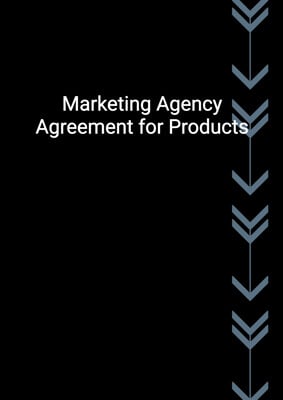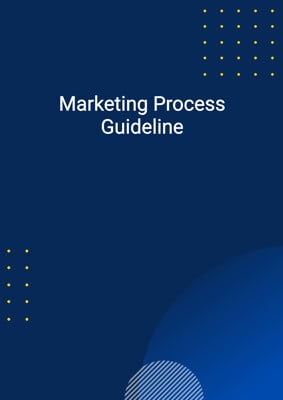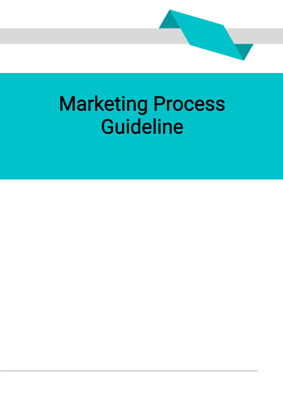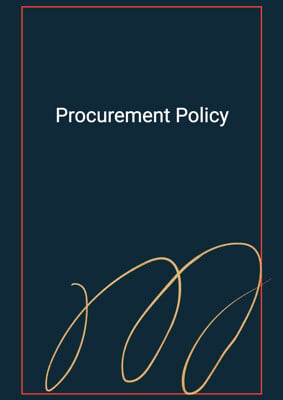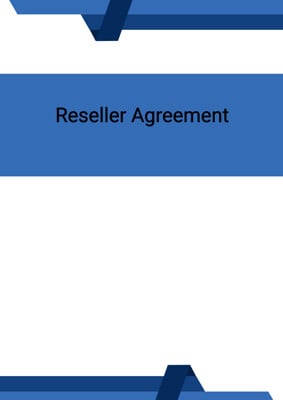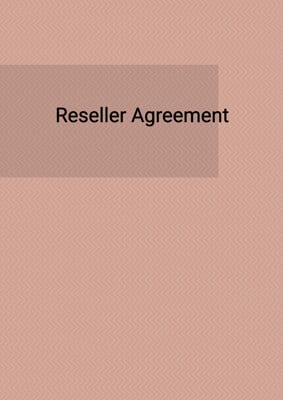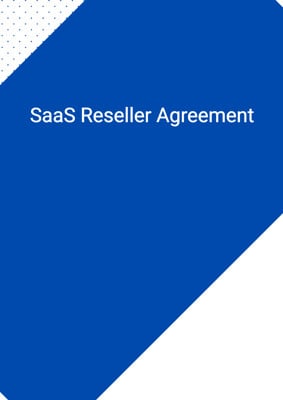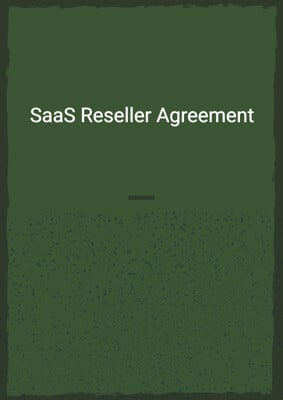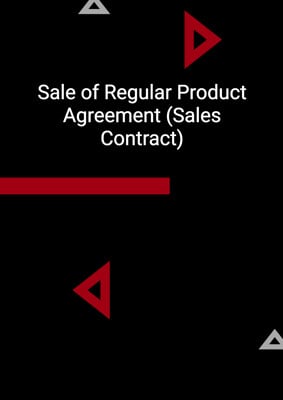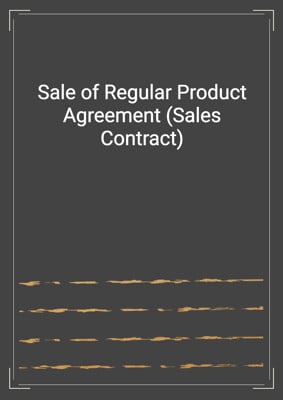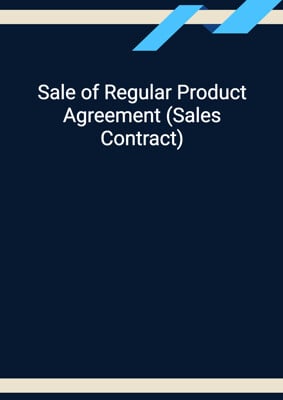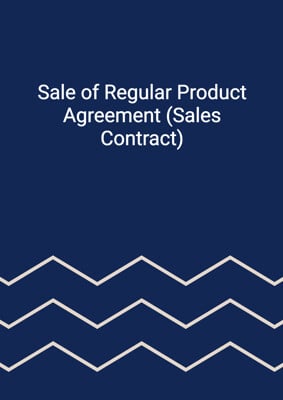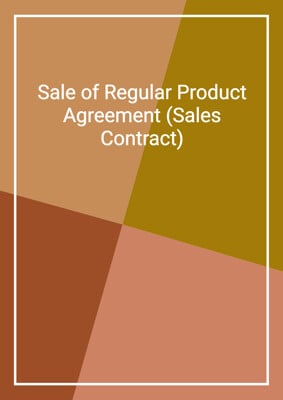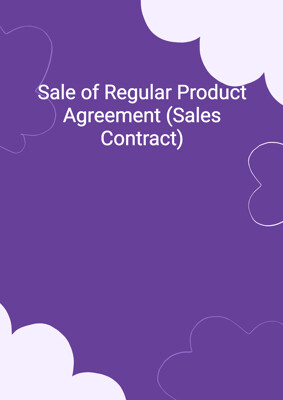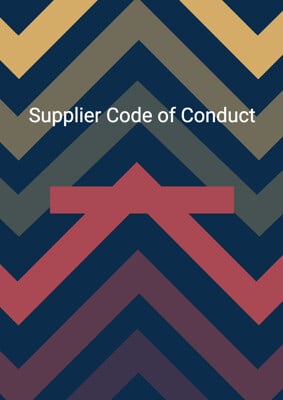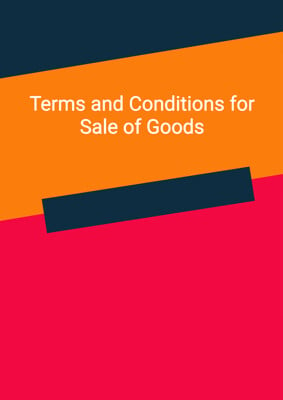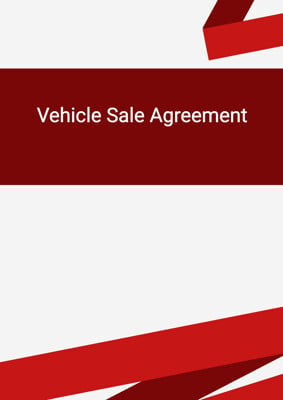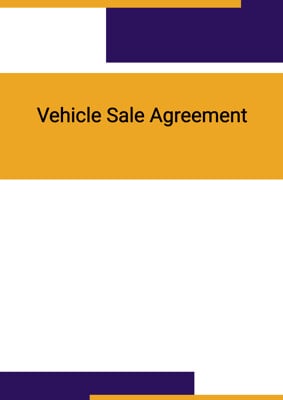How to Tailor the Document for Your Need?
01
Create Document
Fill in the details of the parties. You can click the "Fill with Member’s Information" button to complete it with information saved to your account.
02
Fill Information
Please fill in any additional information by following the step-by-step guide on the left hand side of the preview document and click the "Next" button.
03
Get Document
When you are done, click the "Get Document" button and you can download the document in Word or PDF format.
04
Review Document
Please get all parties to review the document carefully and make any final modifications to ensure that the details are correct before signing the document.
Document Preview
Document Description
The Consignment Agreement is a legally binding document that establishes the terms and conditions between the consignor and the consignee. It is important because it outlines the rights and responsibilities of both parties involved in the consignment process. The agreement highlights the consignor's desire to sell certain goods in a specific territory and the consignee's willingness to market, display, and sell the goods on behalf of the consignor.
The document begins with an interpretation section, which defines key terms used throughout the agreement. It clarifies the meaning of terms such as business day, force majeure, intellectual property, net sales price, goods, outlets, quarter, restricted information, and territory. This section ensures that both parties have a clear understanding of the terminology used in the agreement.
The agreement then outlines the marketing and display responsibilities of the consignee. It specifies that the consignee is responsible for promoting and marketing the goods in the territory, seeking orders for the goods, and maintaining good relations with customers. The consignee is also required to comply with the consignor's marketing strategies and allocate floor and wall space for the display of the goods. The consignee must accept delivery, prepare the goods for display, place them strategically, and ensure they are well-lit and visible to passing traffic.
The agreement further details the consignee's duties, including making themselves available for consultation and advice, attending meetings with the consignor and customers, making regular calls upon customers, and attending trade exhibitions. The consignee is also responsible for notifying the consignor of any enquiries or orders received, maintaining a list of customers and potential customers, providing reports of promotional activities, and keeping the consignor informed of market conditions and competitors' activities.
The agreement addresses the sale of goods, specifying that all sales in the territory must be made on terms and conditions determined by the consignor. The consignee is required to bring these terms and conditions to the attention of customers and not make any promises, warranties, guarantees, or representations about the goods beyond what is stated in the terms and conditions.
The agreement also covers intellectual property rights, requiring the consignee to notify the consignor of any infringement or claims of infringement, and to comply with the consignor's requirements for maintaining the validity and enforceability of intellectual property. The consignee is prohibited from using trade names or trademarks that resemble the consignor's and must not do anything that would invalidate or be inconsistent with the consignor's intellectual property.
Financial provisions are outlined in the agreement, including the consignee's entitlement to a consignment fee based on a percentage of the net sales price. The consignee is responsible for promptly informing the consignor of any sales, providing evidence of the selling price, and crediting the consignor's designated accounts with the net sales price less the consignment fee. The consignee must keep separate records and accounts of all sales and allow the consignor to inspect them.
Confidentiality is addressed in the agreement, with the consignee obligated to keep restricted information confidential and only disclose it to specific parties as necessary. The consignee is prohibited from using restricted information for any purpose other than the performance of its obligations under the agreement.
The agreement includes provisions for force majeure, termination, and the consequences of termination. It specifies that either party can terminate the agreement in the event of a breach by the other party or certain other circumstances. Upon termination, the consignee must return all goods to the consignor, cease promoting and marketing the goods, and have no claim against the consignor for compensation, except for unpaid consignment fees.
The agreement also addresses the nature of the agreement, stating that it sets out the entire agreement between the parties and supersedes any previous agreements. It clarifies that the consignor may perform its obligations through another company and that the consignee may not assign its rights or delegate its obligations without the written consent of the consignor.
The agreement concludes with provisions regarding notices, service, and the proper law governing the agreement. It specifies how notices should be given, the addresses of the parties, and the language of the notices. It also states that any legal proceedings related to the agreement should be served at the consignor's place of business.
In summary, the Consignment Agreement is a comprehensive document that covers all aspects of the consignment process, including marketing, sales, intellectual property, financial provisions, confidentiality, termination, and legal considerations. It is essential for both parties to understand and adhere to the terms and conditions outlined in the agreement to ensure a successful consignment arrangement.
How to use this document?
To use the Consignment Agreement effectively, follow these steps:
1. Familiarize yourself with the agreement: Read the entire agreement carefully to understand its terms and conditions. Pay attention to definitions, rights, and responsibilities of both parties.
2. Identify the consignor and consignee: Clearly identify the consignor and consignee by entering their names and principal places of business in the agreement. This ensures that both parties are accurately identified.
3. Specify the territory: Clearly define the territory in which the consignee will market, display, and sell the goods on behalf of the consignor. This ensures that both parties understand the geographical scope of the agreement.
4. Understand marketing and display obligations: Review the section outlining the consignee's marketing and display duties. Familiarize yourself with the specific requirements, such as allocating floor and wall space, accepting delivery, preparing goods for display, and ensuring proper lighting and visibility.
5. Comply with marketing strategies: Cooperate with the consignor and comply with the marketing strategies outlined in the agreement. This includes pricing, payment terms, advertising, and other promotional measures. Provide prompt and responsive input to ensure effective marketing of the goods.
6. Maintain good relations with customers: Cultivate and maintain good relations with customers and potential customers in the territory. Make yourself available for consultation and advice, attend meetings with the consignor and customers, and make regular calls to promote the goods.
7. Keep accurate records: Maintain accurate records of all sales made in the territory. Keep separate accounts and provide reports of promotional activities and advertising expenditure to the consignor. Allow the consignor to inspect records and provide evidence of selling prices.
8. Protect intellectual property: Notify the consignor of any infringement or claims of infringement of intellectual property. Comply with the consignor's requirements for maintaining the validity and enforceability of intellectual property. Do not use trade names or trademarks that resemble the consignor's and do not do anything that would invalidate or be inconsistent with the consignor's intellectual property.
9. Collect consignment fees: Promptly inform the consignor of any sales and credit the consignor's designated accounts with the net sales price less the consignment fee. Keep accurate records of sales and provide evidence of selling prices to the consignor.
10. Maintain confidentiality: Keep all restricted information confidential and only disclose it to authorized parties as necessary. Do not use restricted information for any purpose other than the performance of your obligations under the agreement.
11. Terminate the agreement if necessary: If either party breaches the agreement or certain circumstances arise, follow the termination procedures outlined in the agreement. Return all goods to the consignor, cease promoting and marketing the goods, and understand that no further obligations exist between the parties, except for unpaid consignment fees.
By following these steps, you can effectively use the Consignment Agreement to establish a successful consignment arrangement and protect the rights and responsibilities of both parties involved.
Not the right document?
Don’t worry, we have thousands of documents for you to choose from:
